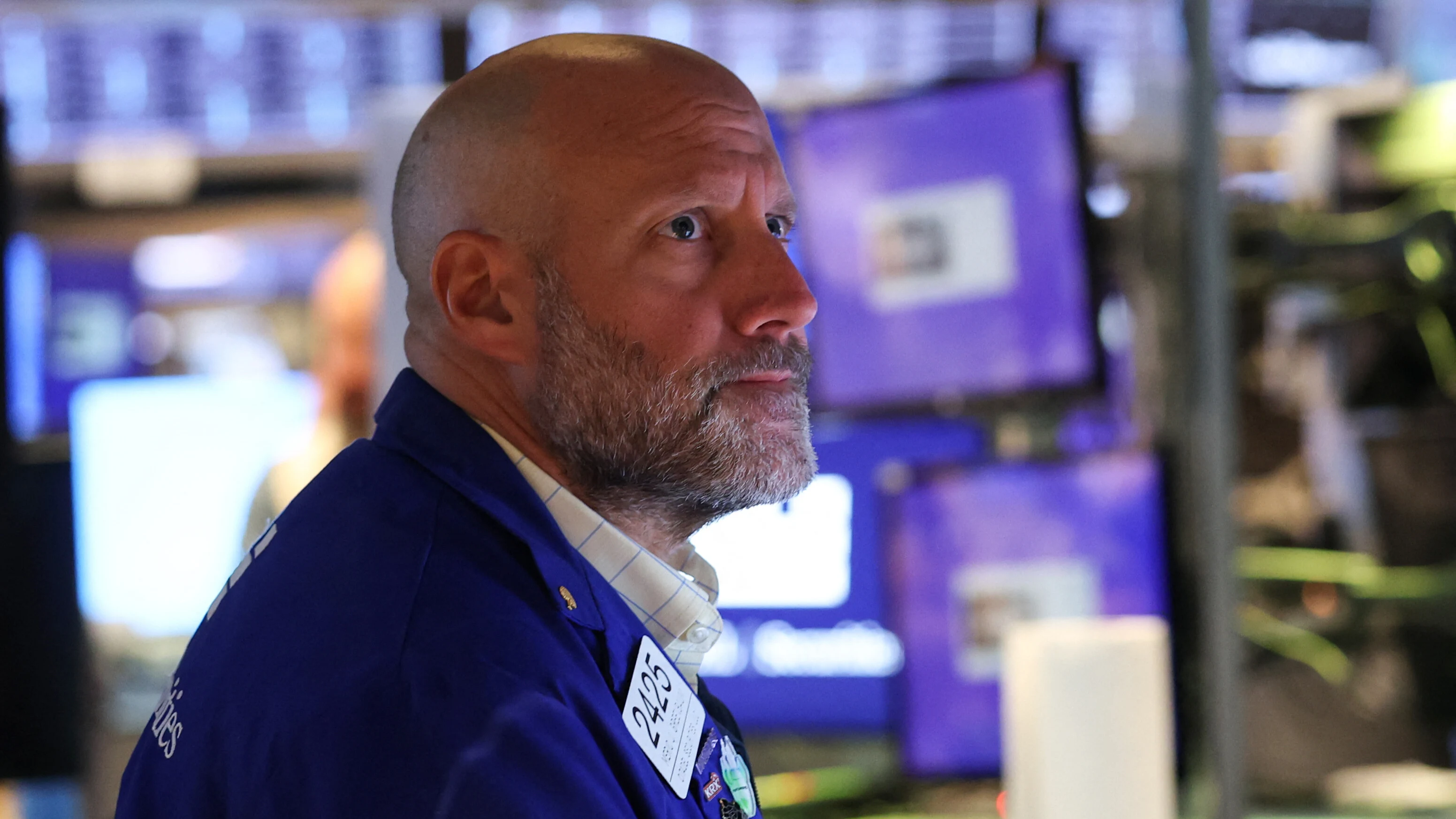
Want more stock market and economic analysis from Phil Rosen directly in your inbox? Subscribe to Opening Bell Daily’s newsletter.
Opening Bell Daily sat down with famed Big Short investor Vincent Daniel, co-founder of Seawolf Capital, to discuss the risks in today’s AI-fueled market, and what history will say about this generation of asset allocators. You can subscribe to his team’s newly launched Substack.
Q: You identified fragility in the system in 2008 that most investors overlooked. Where do you see the most under-appreciated risks today?
In our view, the most under-appreciated risk was and will always be excessive leverage, particularly leverage that is hidden or not appreciated by the market. The most concerning sources of excessive leverage are sovereign credit and market related leverage.
Admittedly, sovereign fiscal woes and never-ending budget deficits are well known but markets have been conditioned to shrug off this risk — this complacency is misguided.
Featured Video
An Inc.com Featured Presentation
We have learned to express our discomfort in fiscal largesse and probable monetary debasement by buying gold and other tangible assets such as platinum, silver and yes, bitcoin.
Increasingly, investors of all types are utilizing leverage to seek enhanced returns on invested capital. The tools institutional investors use to obtain such leverage are derivatives such as options and futures and collateral based structured financing. A benign regulatory environment and low volatility levels have substantially increased the underlying leverage dynamic.
When this hidden risk presents itself is anybody’s guess but history would suggest such problems arise when the Fed raises interest rates and reduces the supply of liquidity to markets.
Q: In the age of AI and social media, what do you believe gives investors a true edge? Is that still possible?
The true edge for investors in the AI and information-democratization era is patience and duration.
Thankfully, technology has made quality investment products, tools and analysis available at reasonable prices. Those to which we subscribe do better jobs meeting our needs than legacy high-cost incumbents, at a fraction of the cost.
Accordingly, the knowledge gap between the institutional investor and the retail investor has never been smaller.
For a host of reasons — market structure dynamics, policy responses, leverage capabilities — AI and other technological improvements have exacerbated the momentum-like characteristics the market already displays, creating enormous inefficiencies that can be exploited over time.
Our contrarian ways naturally lead us to find opportunities in names and sectors that do not attract investor capital or, for some reason or another, are severely out of favor. Sorting through and finding hidden gems in the proverbial Investment Land of Misfit Toys is our edge.
Q: In 50 years, what will history look back on and say investors got wrong today, just as so many misunderstood housing in 2008?
Forgive me as my mind tends to go dark when answering these types of question. I’ll try to keep it simple and PG-rated.
In 50 years investors will be astounded by the market’s complacency regarding chronic fiscal deficits, particularly the fixed income markets.
We also believe investors — and regulators — will be more skittish about utilizing derivative contracts to obtain significant leverage.
Also, non-bitcoin cryptocurrencies will be viewed in a similar light as legacy fads such as tulips, Cabbage Patch Kids and Tickle Me Elmo Dolls. Lastly, investors will be amazed at how long it took for the K-shaped economy to have an impact on economic policy and equity markets.



